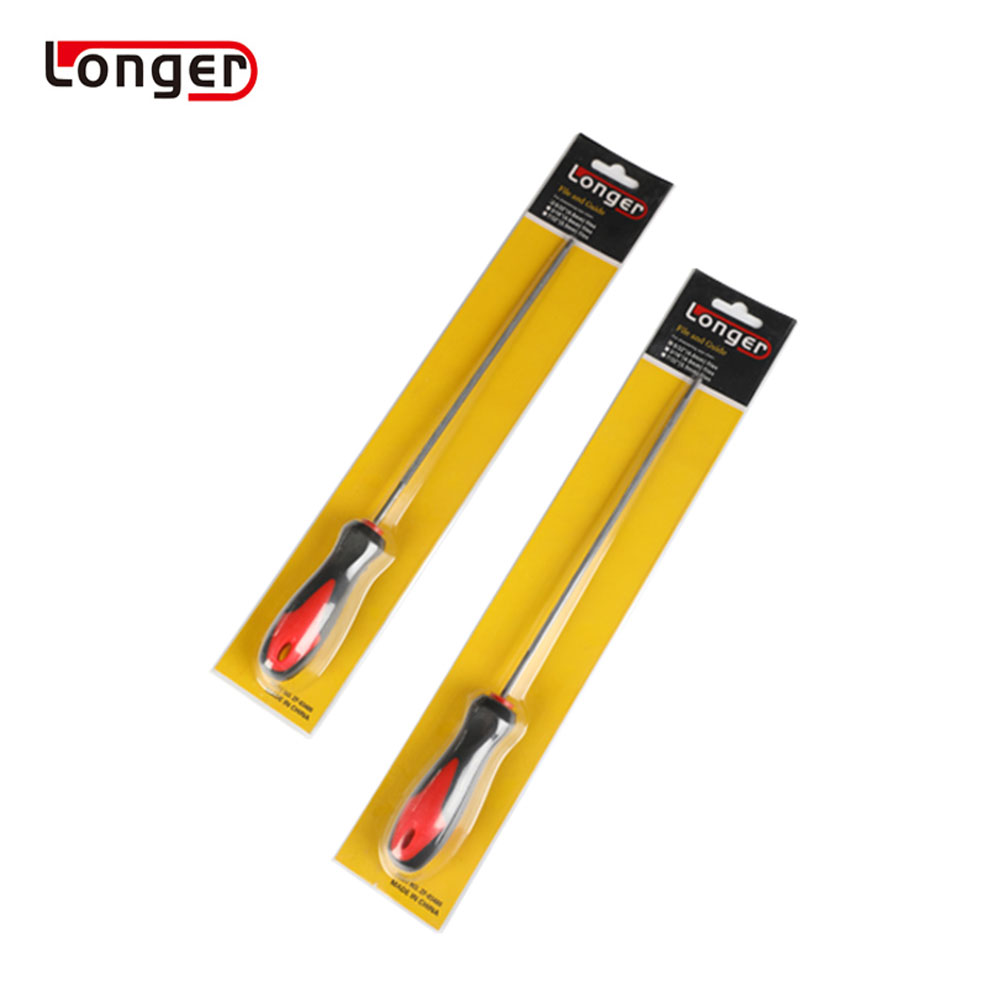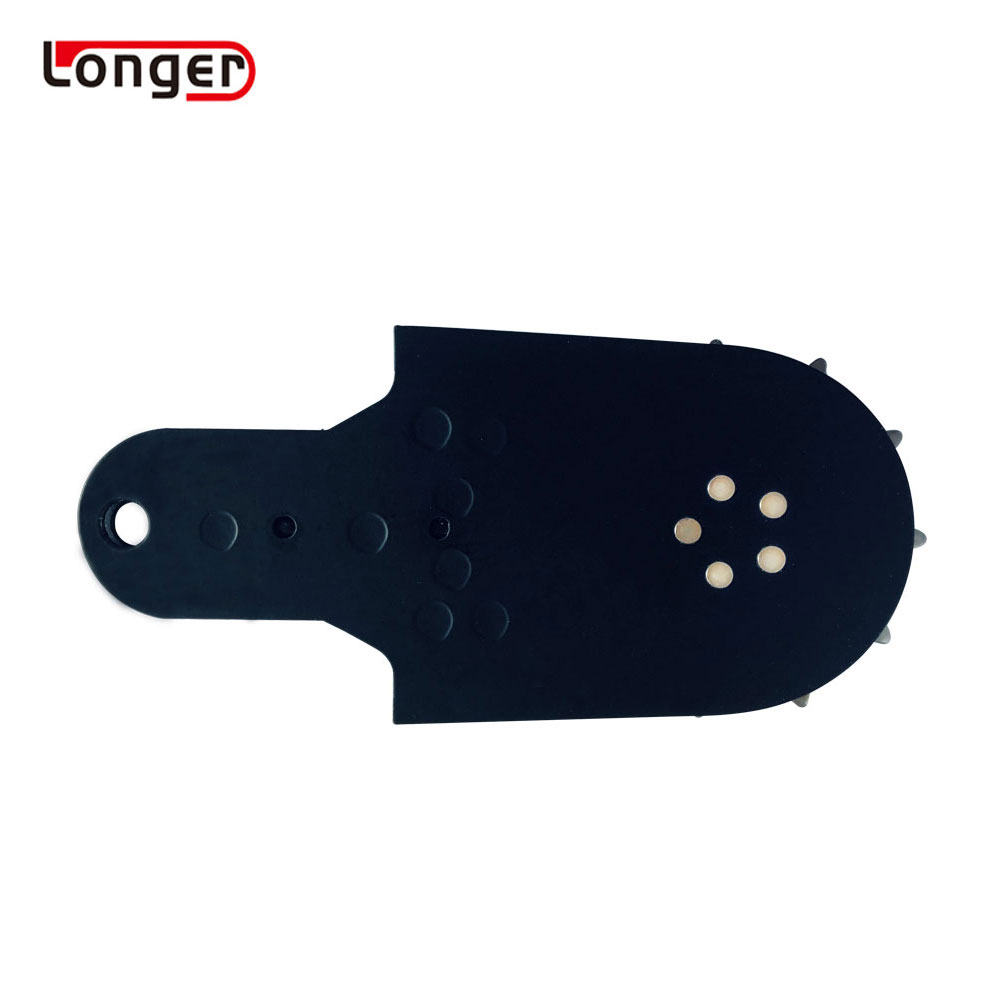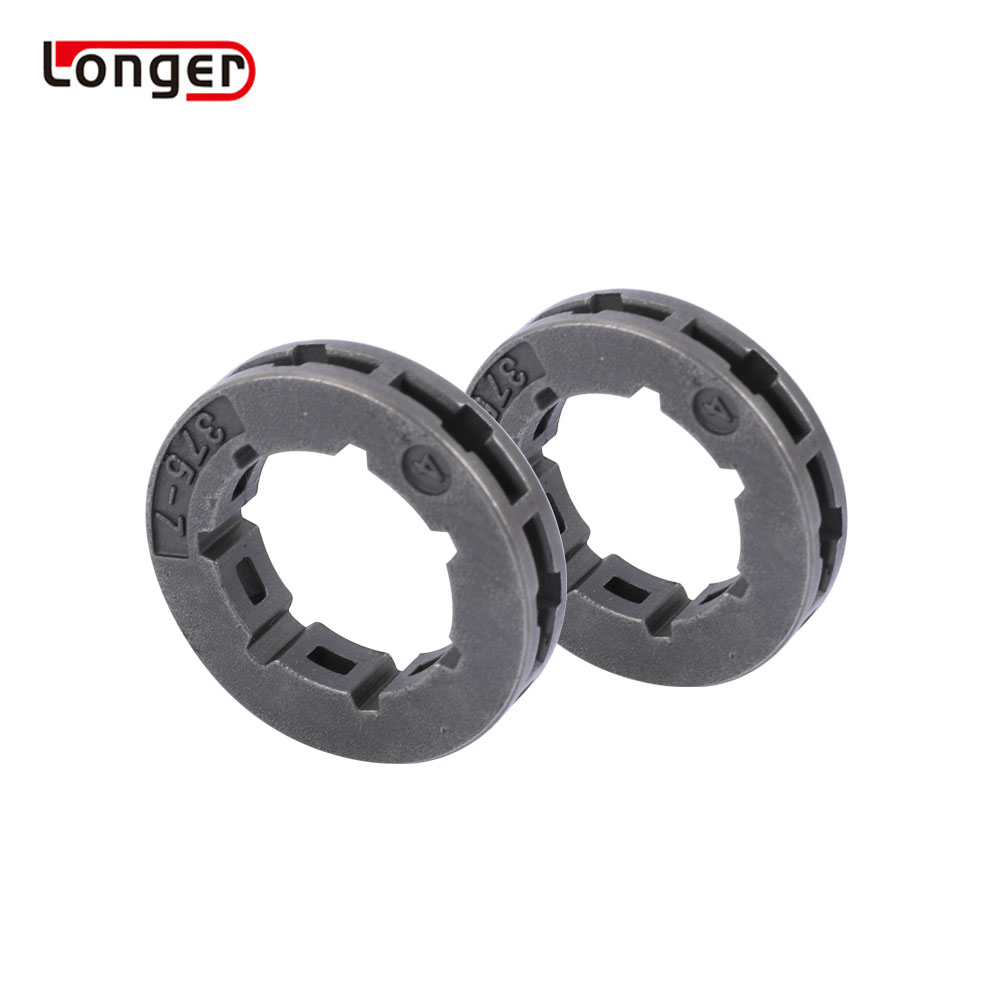The chain is the business end of your chainsaw that does all the actual cutting. So, when it comes time to shop for a new one, you want to make sure the replacement is going to fit properly without being too slack or too tight.
That means knowing a few measurements and terms related to a chainsaw chain's configuration. The chain's bar length, number of lugs, pitch and gauge are all things you should keep in mind when buying a replacement.
Low-profile chains
Low-profile chains are a type of chainsaw chain that are often used for trimming and cutting small trees. They have a lower kickback, which helps them to perform better and last longer when working in muddy or dirty conditions.
These types of chains are designed to cut wood more quickly and safely than standard chisel chains. However, they do dull more quickly and need to be sharpened regularly.
This can be done with an electric sharpener, manual file, or professional service. When the chain is properly sharpened, it will produce a clean, shallow cut.
Another important aspect to consider when shopping for a chain is the pitch and gauge of the chain. These factors help you determine which chain will fit your bar and your saw.
Chains that come with a 3/8-inch pitch are ideal for most tasks. They can cut faster and are durable enough to handle large-scale timber-cutting operations.
Semi-chisel chains
A semi-chisel chain is a chainsaw chain with teeth that are slightly more rounded than those on a full chisel chain. The rounded corners on the cutters help them to stay sharp longer when cutting hard or frozen wood, or in dirty conditions, where a full chisel would quickly lose their sharpness.
The semi-chisel chain is typically used for a variety of tasks, including firewood, pruning, and branch cutting. They are not a ripping chain, meaning they aren't designed to cut along the grain of lumber (ripping).
Full chisel chains have square-cornered cutters that are designed for more aggressive cutting, which is useful when tackling thick logs or tougher material. However, they also tend to dull more easily when working in dirty conditions, so they require more frequent sharpening than semi-chisel or rounded-cornered chains.
Full complement chains
A chainsaw chain is composed of a set of drive links and cutters that rotate around a bar to cut wood. A chainsaw chain comes in a variety of pitches, and it is important to choose the right one for your saw.
The most common chain type is full complement, which features a right-side cutter and a left-side cutter with a drive link in between. This pattern repeats all the way around the chain to ensure that it can be used with a variety of bars and motors.
Another chain option is skip, which is designed with a third fewer teeth than full complement and offers more flexibility. It also takes less power to run per unit length than full complement and is primarily used for ripping applications where debris is produced.
There are also a number of specialized chains for woodworking applications, such as precision chainsaws, which have extra-small teeth for detailed work. They are not ideal for cutting large logs or wood-based projects, but they excel at dovetail joints and other small woodworking tasks.
Skip chains
A skip chain is a type of chainsaw chain that has gaps between its teeth. These gaps help reduce the amount of debris produced during cutting, allowing the chain to cut efficiently and with less resistance.
A skipping chain can be used for a variety of cutting tasks. It is also a good choice for sawing dirty wood, as it helps to prevent heavy sawdust from clogging the chain.
The gap between the cutting teeth on a skip chain is larger than the gaps on other chains, reducing the amount of sawdust produced during the cutting process. It also allows the chain to be used with lower horsepower.
A skipping chain is ideal for a wide range of cutting tasks and can be used with many different types of chainsaws. However, it is important to choose the right chain for the task at hand, as using the wrong type of chain can result in slower cutting, increased wear and tear on the chain, and potential safety hazards.










